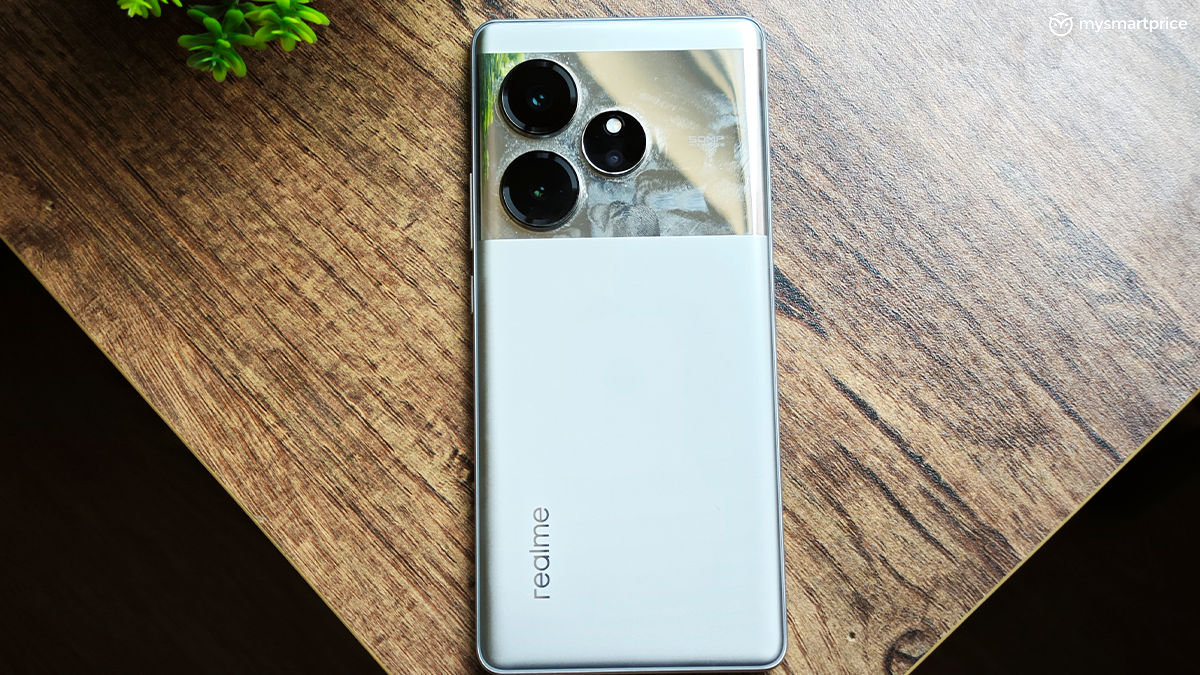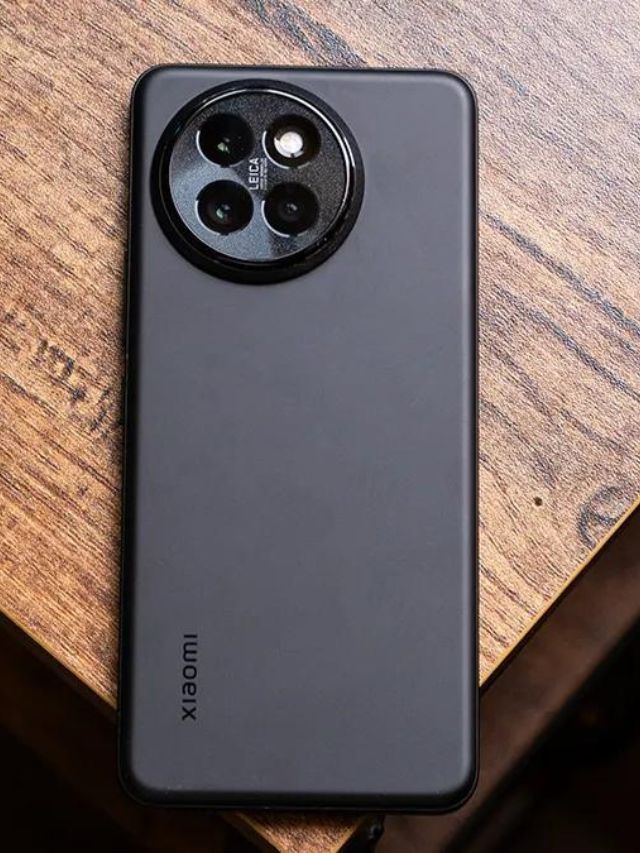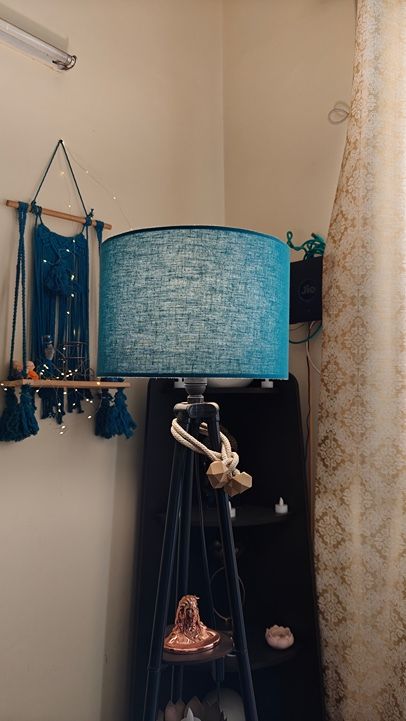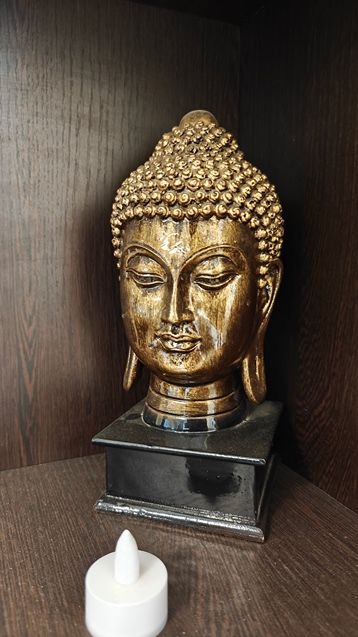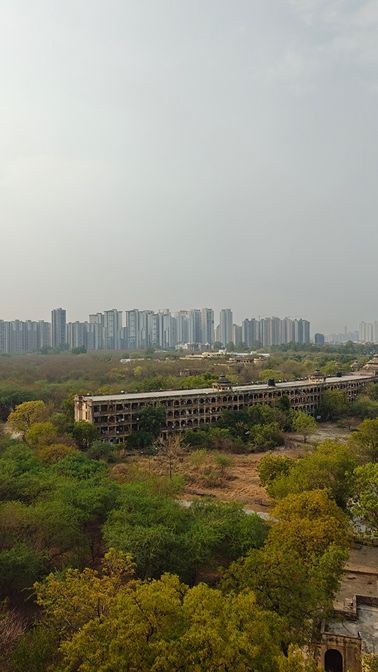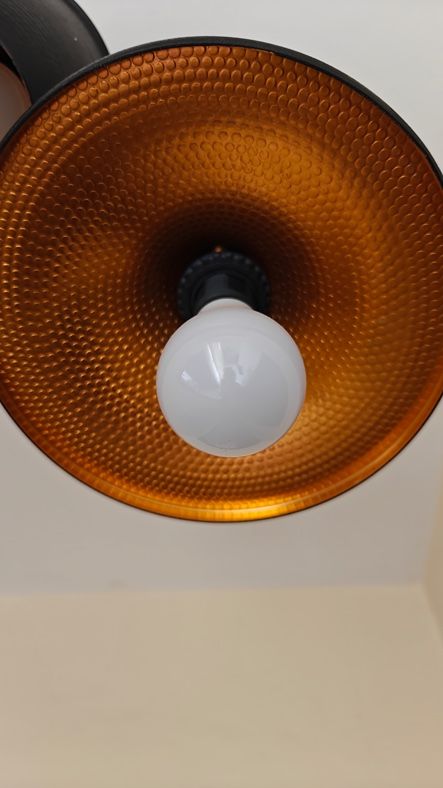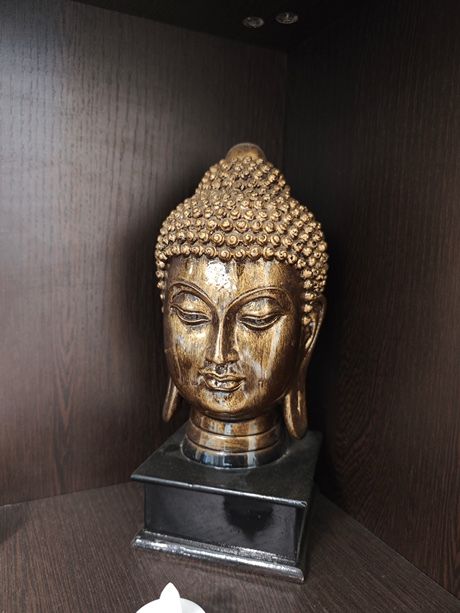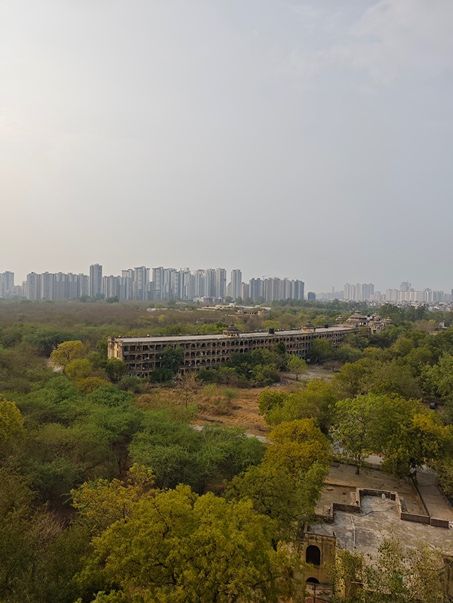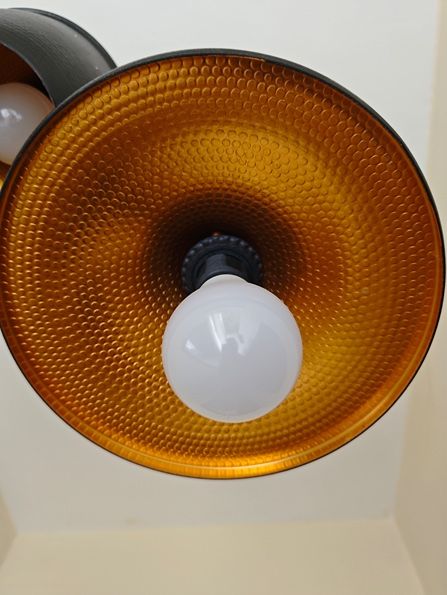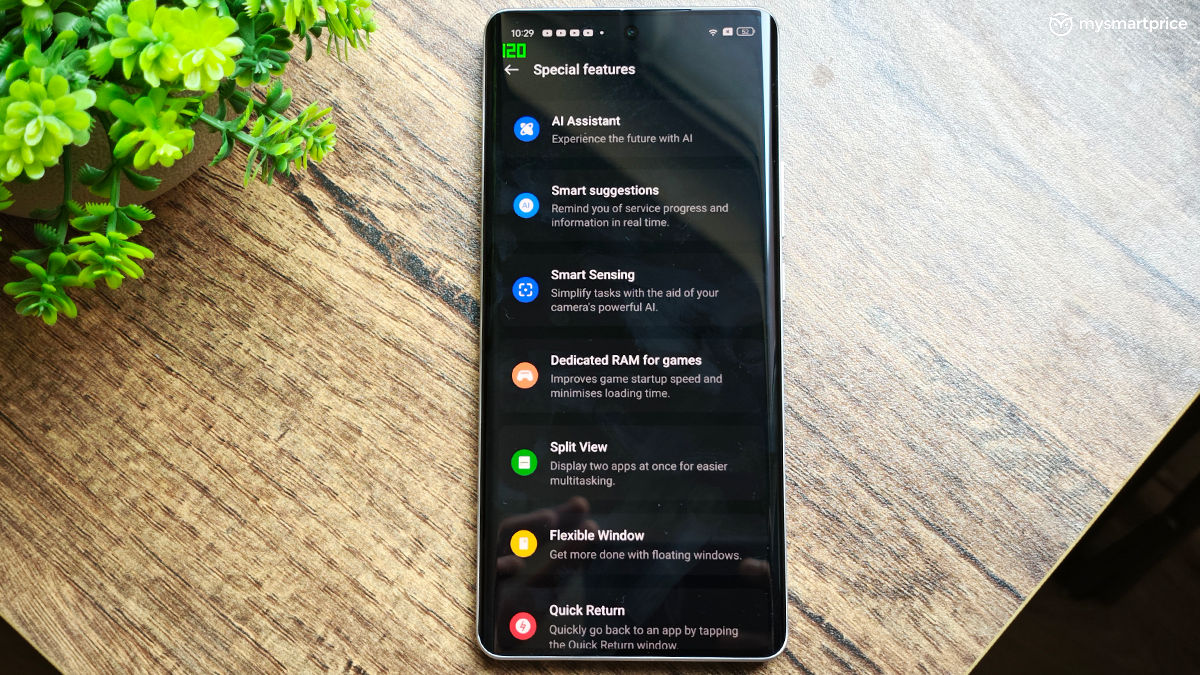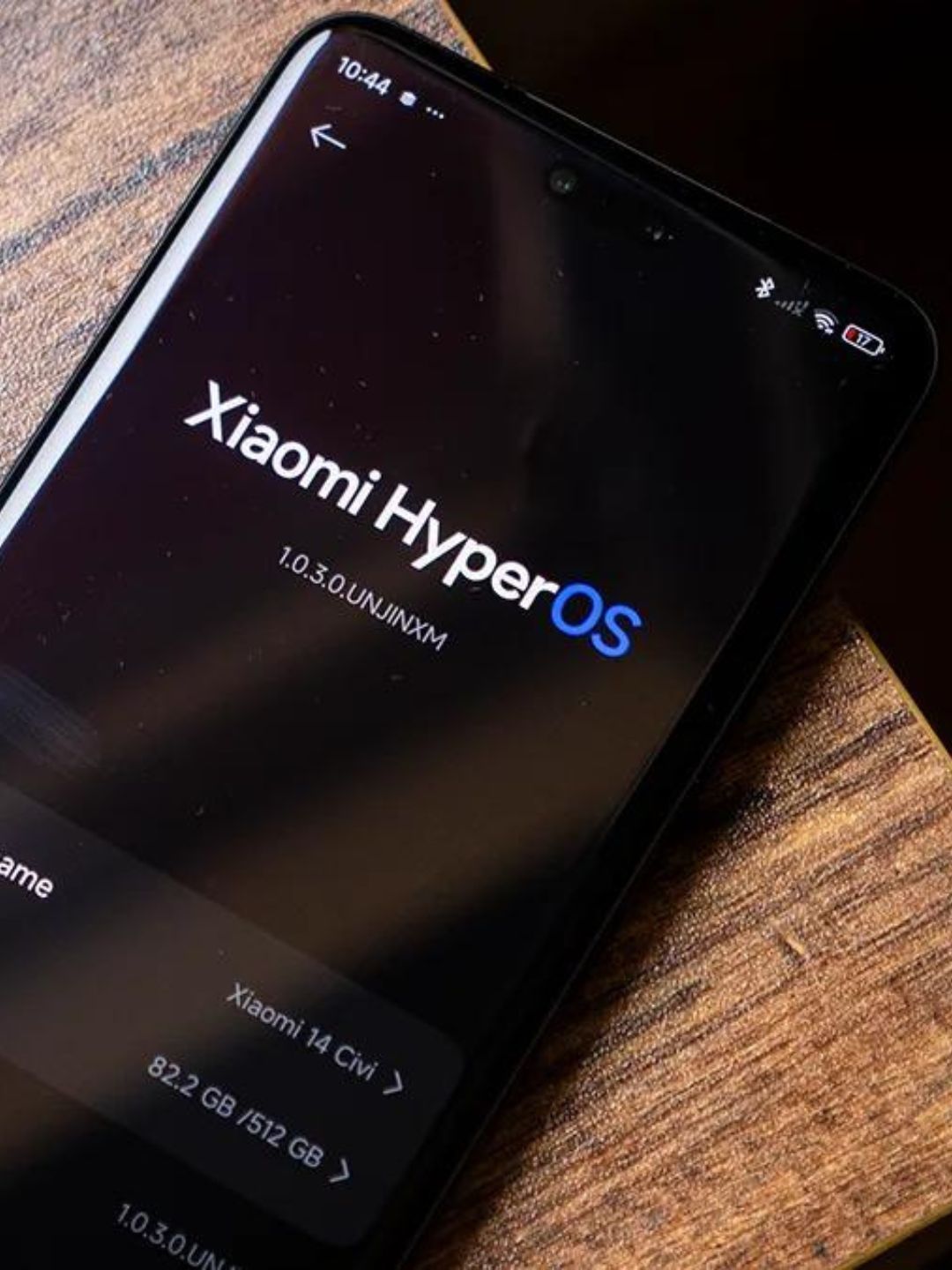
This month, the Realme GT 6 and the Xiaomi 14 CIVI debuted in India. Despite being similarly priced, these phones differ significantly in design and performance. In this article, we’ll evaluate them side by side across several key aspects: design, display, performance, software, battery life, and camera quality. Let’s dive into the details to determine which device stands out in this close comparison.
Realme GT 6 vs Xiaomi 14 CIVI: Price
| Realme GT 6 | Xiaomi 14 CIVI |
| Rs 40,999 (8GB RAM + 256GB Storage) | Rs 42,999 (8GB RAM + 256GB Storage) |
| Rs 42,999 (12GB RAM + 256GB Storage) | Rs 47,999 (12GB RAM + 512GB Storage) |
| Rs 44,999 (16GB RAM + 512GB Storage) | NA |
As detailed in the table above, the Realme GT 6 starts at Rs 40,999 for its 8GB RAM and 256GB storage model. The Xiaomi 14 CIVI is priced slightly higher for the same configuration, with a Rs 2,000 price difference between the two base models.
The Xiaomi 14 CIVI’s 12GB RAM and 512GB storage version is also available for Rs 48,000. On the other hand, the Realme GT 6’s 12GB RAM variant is priced at Rs 42,999, but includes less storage. Unlike the Xiaomi 14 CIVI, the Realme GT 6 offers a 16GB RAM and 512GB storage option for just Rs 45,000.
Thus, the Realme GT 6 presents a more compelling option for those prioritising higher RAM.
Realme GT 6 vs Xiaomi 14 CIVI: Design, Display
| Realme GT 6 | Xiaomi 14 CIVI |
| 6.78-inch LTPO AMOLED | 6.55-inch Quad Curved AMOLED |
| 1264 x 2780 pixels | 1236 x 2750 pixels |
| 120Hz refresh rate | 120Hz refresh rate |
| 6000 nits of peak brightness | 3000 nits of peak brightness |
The Realme GT 6 has a tall, sleek design compared to the Xiaomi 14 CIVI, which is compact with a cuter aesthetic. We received the Fluid Silver version of the Realme GT 6 for our review. While its overall design is conventional, the camera module stands out with a unique silver finish that acts as a mirror. However, the glossy back panel easily attracts fingerprints, making it look less tidy. The phone feels large in hand, which is manageable for some users but might be cumbersome for those with smaller hands.
On the other hand, the Xiaomi 14 CIVI is notably more ergonomic, thanks to its compact size and curved panel, making it very comfortable to hold. It’s also lightweight with a well-balanced distribution, enhancing its portability. We reviewed the Shadow Black variant, which features a stunning matte finish. Although the back panel can attract oily fingerprints, they are easy to wipe off, which is convenient.
The Realme GT 6 and the Xiaomi 14 CIVI have a 0.23-inch display size difference. With a 120Hz refresh rate, the GT 6 offers impressive smooth and fast scrolling. The display’s 6000 nits of brightness ensures it remains brilliantly visible indoors and under bright sunlight, which is a significant advantage. Watching high-quality content on platforms like YouTube and Netflix is a pleasure on the Realme GT 6, making it excellent for multimedia consumption.

Conversely, the Xiaomi 14 CIVI’s display is striking, with its curved edges adding to the premium feel. Like the GT 6, it also features a 120Hz refresh rate, providing exceptionally smooth scrolling. The display is bright indoors and outdoors, though the GT 6’s higher brightness level gives it an edge in direct sunlight.
Unlike the Realme GT 6, the Xiaomi 14 CIVI supports HDR10 on Netflix and Dolby Vision, enhancing the viewing experience significantly. The display’s details and overall quality are superb.
In conclusion, if you prefer a compact smartphone with an outstanding display, the Xiaomi 14 CIVI would be an ideal choice.
Realme GT 6 vs Xiaomi 14 CIVI: Performance
| Realme GT 6 | Xiaomi 14 CIVI |
| Qualcomm Snapdragon 8s Gen 3 | Qualcomm Snapdragon 8s Gen 3 |
| Adreno 735 | Adreno 735 |
| 16GB RAM | 12GB RAM |
| 512GB Storage | 512GB Storage |
| Antutu v10 Benchmark: 1561973 | Antutu v10 Benchmark: 1355861 |
| Geekbench 6 Single-Core Test: 1968 | Geekbench 6 Single-Core Test: 1903 |
| Geekbench 6 Multi-Core Test: 5096 | Geekbench 6 Multi-Core Test: 4816 |
Both smartphones are equipped with the newly launched Qualcomm Snapdragon 8s Gen 3 SoC, built on the same architecture as the Snapdragon 8 Gen 3 SoC. As the table above indicates, the Realme GT 6 has an edge in synthetic benchmark scores.
While these benchmarks indicate a device’s performance, real-world usage often tells a different story.
Both phones perform exceptionally well in everyday tasks like calling, texting, scrolling, and casual browsing, making direct comparisons in these areas unnecessary. Let’s see how each phone handles gaming.
The Realme GT 6 effortlessly manages casual games like Subway Surfers and Clash of Clans at 60fps. Regarding more demanding titles such as BGMI and Call of Duty: Mobile, the GT 6 performs admirably at the highest settings. Although BGMI shows occasional minor lags and stutters, Call of Duty: Mobile runs smoothly and appears well-optimised for this device.

The Xiaomi 14 CIVI can also handle intensive games like BGMI and Call of Duty: Mobile, but it tends to overheat if not in an air-conditioned environment. However, it maintains consistent performance without significant lag when used in a cooler setting.
Overall, the Realme GT 6 outshines the Xiaomi 14 CIVI in gaming performance. Therefore, if gaming is your priority, the Realme GT 6 is the better choice. For those who do not prioritise gaming, the Xiaomi 14 CIVI offers exceptional performance for everyday use.
Realme GT 6 vs Xiaomi 14 CIVI: Cameras
| Realme GT 6 | Xiaomi 14 CIVI |
| 50-megapixel Primary Camera with OIS (f/1.7) | 50-megapixel Primary Camera with OIS (f/1.6) |
| 8-megapixel Ultra-Wide Camera (f/2.2) | 12-megapixel Ultra-Wide Camera (f/2.2) |
| 50-megapixel Telephoto Camera (f/2.0) | 50-megapixel Telephoto Camera (f/2.0) |
| 32-megapixel Selfie Camera (f/2.5) | 32-megapixel Primary Selfie Camera (f/2.0) |
| NA | 32-megapixel Ultra-Wide Selfie (f/2.4) |
In the camera department, the Xiaomi 14 CIVI stands out. It features a 12-megapixel ultra-wide camera, compared to the Realme GT 6’s 8-megapixel ultra-wide camera. The Xiaomi 14 CIVI also boasts a 32-megapixel ultra-wide selfie camera, providing more versatility. One of its unique advantages is the Leica’s exclusive features, which significantly enhance photographic capabilities.
The Xiaomi 14 CIVI excels in portrait photography, delivering impressive results even in low-light conditions. It also captures stunning photos in bright daylight with a well-balanced dynamic range. The Leica Authentic and Leica Vibrant modes both produce exceptional image quality. Although the camera occasionally overexposes certain shots, this is a minor issue that can likely be addressed through future software updates.
Overall, the Xiaomi 14 CIVI offers a superior camera experience. However, it tends to smooth out facial details in portrait mode. The dual selfie camera is a standout feature, especially at this price point. When taking group selfies, the phone can automatically switch to an ultra-wide mode to accommodate everyone in the frame, which is incredibly convenient.
The Realme GT 6 performs well in daylight and low-light scenarios, capturing good photos. However, it often brightens images excessively, which might not suit everyone’s taste. These overly brightened photos can look somewhat artificial but are ready for social media use straight out of the camera.
While the Realme GT 6 provides acceptable detail, the photos from the Xiaomi 14 CIVI are more vibrant. The Realme GT 6’s selfie camera is serviceable but doesn’t stand out as much as Xiaomi’s.
In conclusion, the Xiaomi 14 CIVI is better for photography enthusiasts.
Realme GT 6 vs Xiaomi 14 CIVI: Software
| Realme GT 6 | Xiaomi 14 CIVI |
| Realme UI 5.0, based on Android 14 | HyperOS, based on Android 14 |
| Three years of OS updates | Three years of OS updates |
| Four years of security updates | Four years of security updates |
The Realme GT operates on Realme UI 5.0, while the Xiaomi 14 CIVI comes with HyperOS. Both software interfaces are based on Android 14. Realme and Xiaomi have both committed to providing three years of OS updates and an additional year of security updates, which is advantageous for long-term device support.
The Realme GT 6 boasts various AI features, including AI Night Vision, AI Smart Loop, and AI Smart Removal. These features enhance the overall user experience by making tasks quicker and more efficient. AI Night Vision allows for clear photography in low-light conditions. The Smart Removal feature works similarly to the object removal functions available on Pixel and Samsung devices, enabling easy editing of photos. AI Smart Loop is especially useful for effortlessly sharing content with friends on platforms like Instagram or Facebook.
Moreover, the GT 6 includes special functionalities such as Riding Mode, dedicated RAM for gaming, and split view, offering extensive customisation options and potentially making your day-to-day life easier. Despite these advantages, the phone does come pre-loaded with bloatware and Realme apps. Fortunately, these can be uninstalled if desired.
On the other hand, the Xiaomi 14 CIVI, powered by HyperOS, provides a user experience akin to MIUI but is cleaner and more user-friendly. This device offers many lock screen customisation options, a smooth interface, and fluid animations. However, it also includes bloatware, and some pre-installed apps may send spam notifications, which can be distracting.
In conclusion, if you prefer a phone that offers many AI features and simplifies daily use, the Realme GT 6 should be on your list.
Realme GT 6 vs Xiaomi 14 CIVI: Battery and Charging
| Realme GT 6 | Xiaomi 14 CIVI |
| 5500mAh Battery | 4700mAh Battery |
| 120W Fast Charging | 67W Fast Charging |
| Charging Time: 43 minutes | Charging Time: 45 minutes |
| PCMark Battery Test: 12 hours, 42 minutes | PCMark Battery Test: 12 hours, 22 minutes |
As illustrated in the table above, the Realme GT 6 boasts an 800mAh higher battery capacity than the Xiaomi 14 CIVI. Regarding charging, the Xiaomi 14 CIVI is equipped with a 67W fast charger, while the Realme GT 6 includes a charger with nearly twice the wattage.
Despite the more powerful charger, the Realme GT 6 takes 43 minutes to charge from zero to 100 per cent. In comparison, the Xiaomi 14 CIVI took only 2 minutes longer. The longer charging time for the Realme GT 6 is due to its larger battery capacity.

During the PCMark battery test, the Realme GT 6 lasted 20 minutes longer than the Xiaomi 14 CIVI, which is good.
In terms of everyday use, the Realme GT 6 can comfortably last through an entire day with light to moderate usage. It provides around 10-11 hours of battery life for heavy usage. On the other hand, the Xiaomi 14 CIVI offers about 10-11 hours of battery life with lighter usage, which is still quite good.
Therefore, the Realme GT 6 is the superior choice if battery longevity is a priority. Nevertheless, the Xiaomi 14 CIVI also delivers a respectable battery performance.
Realme GT 6 vs Xiaomi 14 CIVI: Verdict
The Realme GT 6 impresses with its exceptionally bright display, making it perfect for multimedia consumption. It also excels in gaming performance and offers reliable battery life. Additionally, the phone is packed with a host of useful AI features. However, you will compromise on design, and there’s also the bloatware.
On the other hand, the Xiaomi 14 CIVI stands out with its remarkable camera, display and efficient processor for everyday tasks. It also has a more compact design, which some users might prefer. Unfortunately, it falls short in gaming and is also burdened with bloatware.
In summary, each phone has its strengths and weaknesses. Ultimately, your choice depends on which aspects are most important to you.
